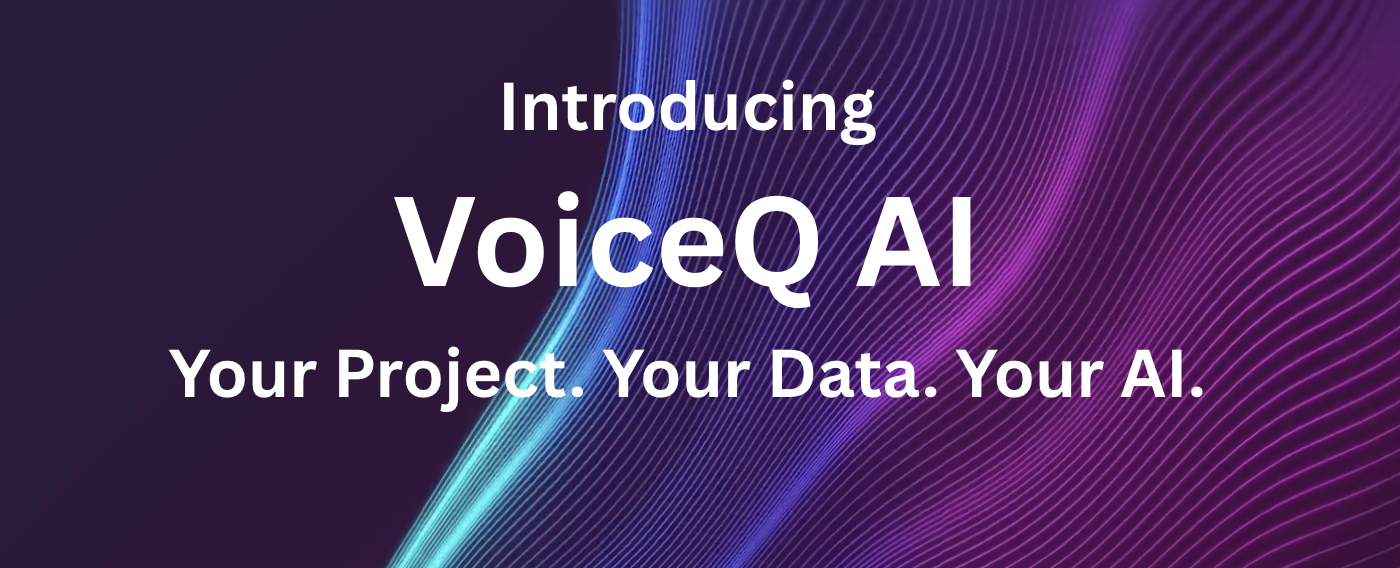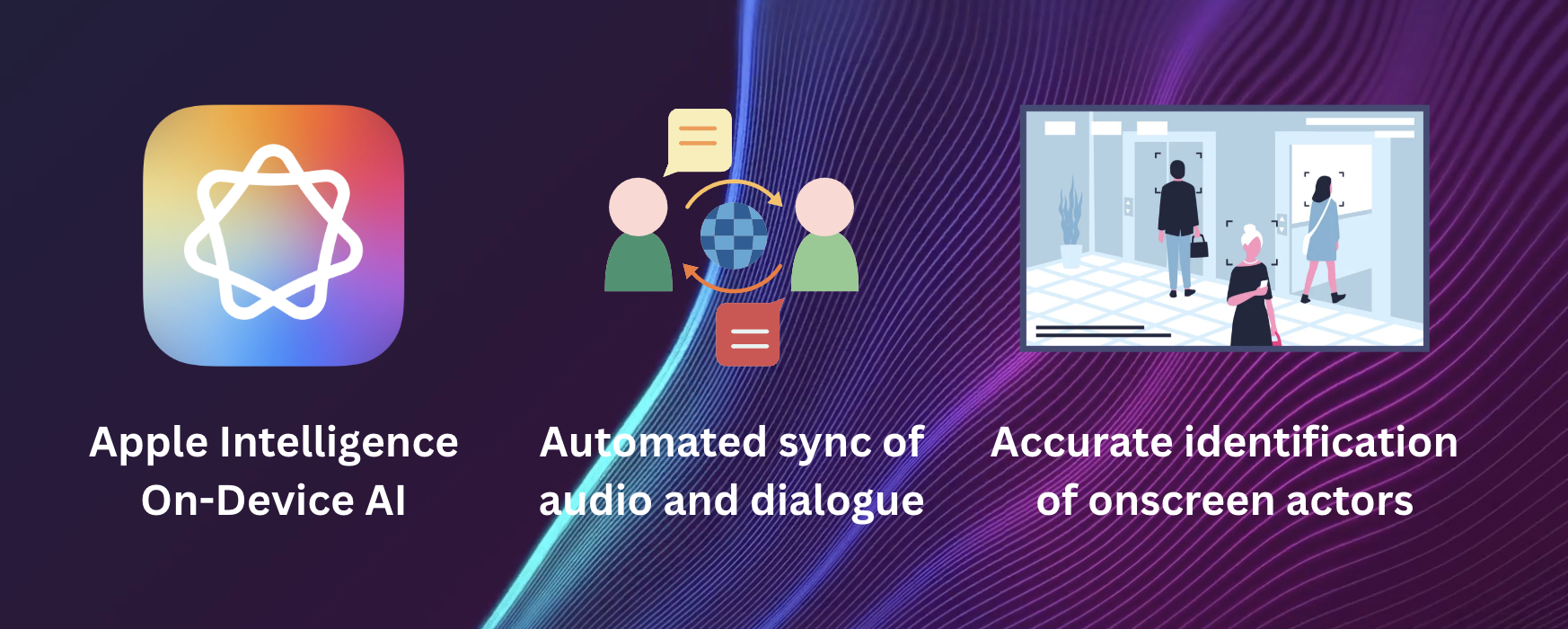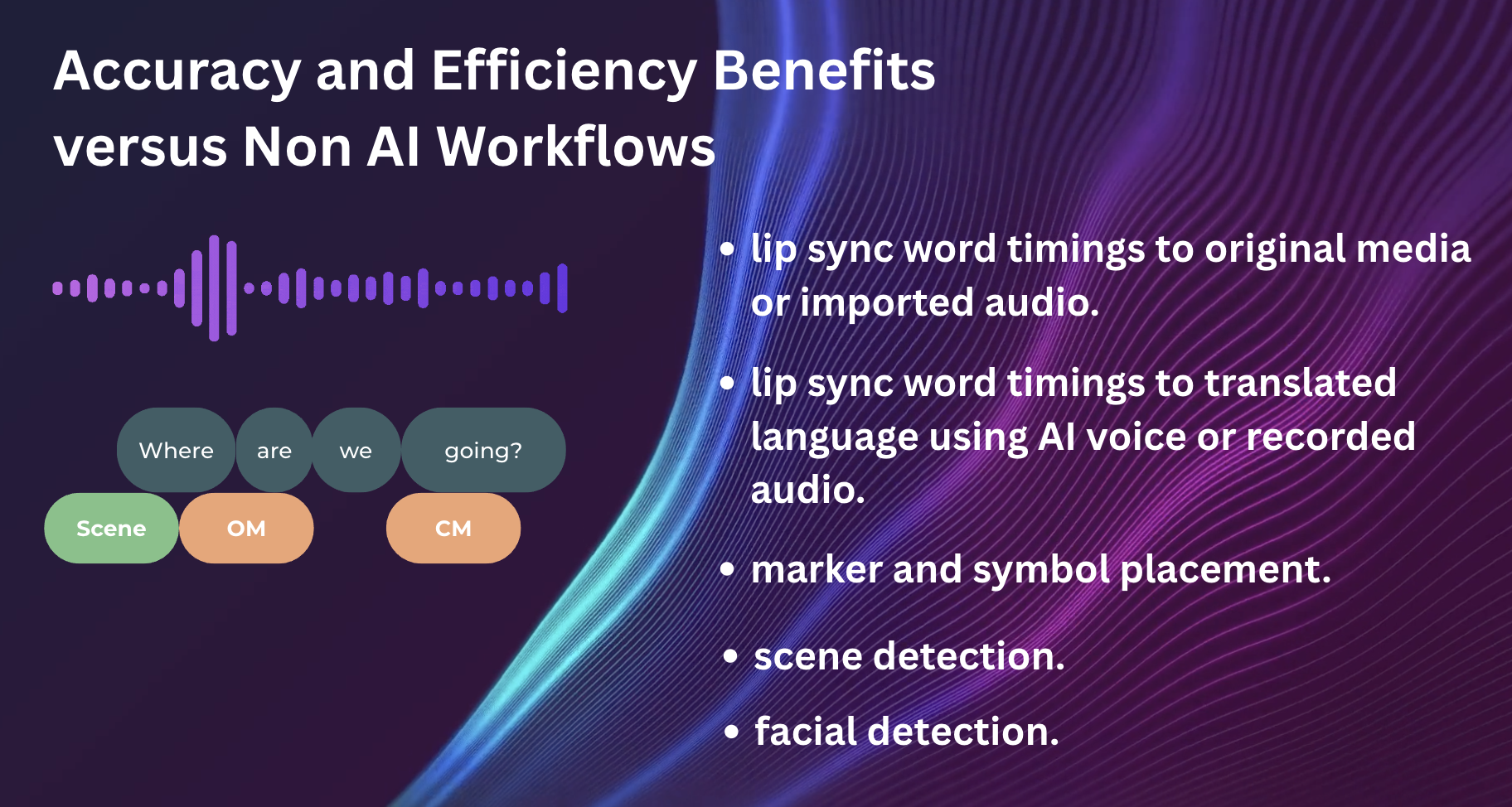
Client
VOICEQ AI
Industry
Dubbing/ADR
Products Used
VoiceQ Pro/Writer
Globally, the dubbing industry faces growing pressure to deliver high-quality localized content at speed and scale. As global streaming services expand into multilingual markets, the traditional script adaptation workflow—often reliant on manual processes, fragmented tools, and time-consuming revisions—has struggled to keep pace. Bottlenecks in script timing, consistency checks, and version control have created inefficiencies that hinder both creative output and delivery timelines.
Since 2023, the rise of intelligent technologies has begun to reshape this landscape. AI-assisted tools now support everything from phonetic alignment and lip-sync accuracy to real-time collaboration and contextual language adaptation. Solutions integrating natural language processing, speech synthesis, and cloud-based editing environments have reduced errors, streamlined workflows, and enabled greater collaboration across geographies. Key providers such as XL8, Apptek, Deepdub and VoiceQ, have pioneered platforms that blend automation with human oversight—delivering faster turnaround without compromising cultural authenticity. As these technologies mature, they are redefining best practices for script adaptation, helping studios meet global demand with unprecedented precision and speed.

VoiceQ AI-Supported Script Adaptation Workflow – A Technological Breakthrough
VoiceQ’s AI-supported solution delivers a leap forward in dubbing efficiency by combining proprietary scripting intelligence with the latest Apple on-device AI technologies. Designed for creative professionals, VoiceQ enables seamless identification of onscreen versus offscreen content using advanced facial and scene recognition tools—critical for lip-sync dubbing accuracy. By leveraging Apple Intelligence, Directors and Adaptors can now isolate which dialogue segments require detailed adaptation for mouth-movement matching, dramatically improving workflow efficiency and creative control.

AI-Enhanced Workflow Overview
VoiceQ’s script adaptation workflow is powered by a combination of native macOS speech recognition, Apple Intelligence, and proprietary VoiceQ code that enhances timing, syncing, and scene parsing accuracy:
Scene Detection Trial Insights
• ≤70% more accurate than manual workflows
• Accuracy dependent on the quality of the source video.
• Ideal for monologue or low-edit scenes
• Performance may decline with rapid shot changes
• High-level content security built-in
Facial Detection Trial Insights
• ≤70% more accurate than manual methods
• Accuracy dependent on the quality of the source video.
• Effective in live-action, open/closed mouth detection
• May require fine-tuning for occlusion or character transitions
Why VoiceQ AI Leads the Market
VoiceQ’s AI engine works entirely on-device—no internet connectivity or external AI engines required—delivering unmatched privacy and speed. The platform supports both AI and native speaker input, enabling directors and adaptors to test sync live within the interface. With support for leading AI voice technologies and seamless integration across the script adaptation lifecycle, VoiceQ sets a new benchmark in dubbing performance.
Appendix | VoiceQ AI Live Trial Example
Objective:
• Create an initial ingestion of the source language and audio, where a script is not available.
Project Media
• Live-action TV show
• 28 minute run time
• No script used for initial import. None sourced or provided
Results
• 82% decrease in time using VoiceQ AI over using a manual workflow

Share
Up Next
Recommended Case Studies
Start your project today
Our free trial gives you and your team full access. Create a project in minutes. No credit card required.
Start your free trial.svg)







